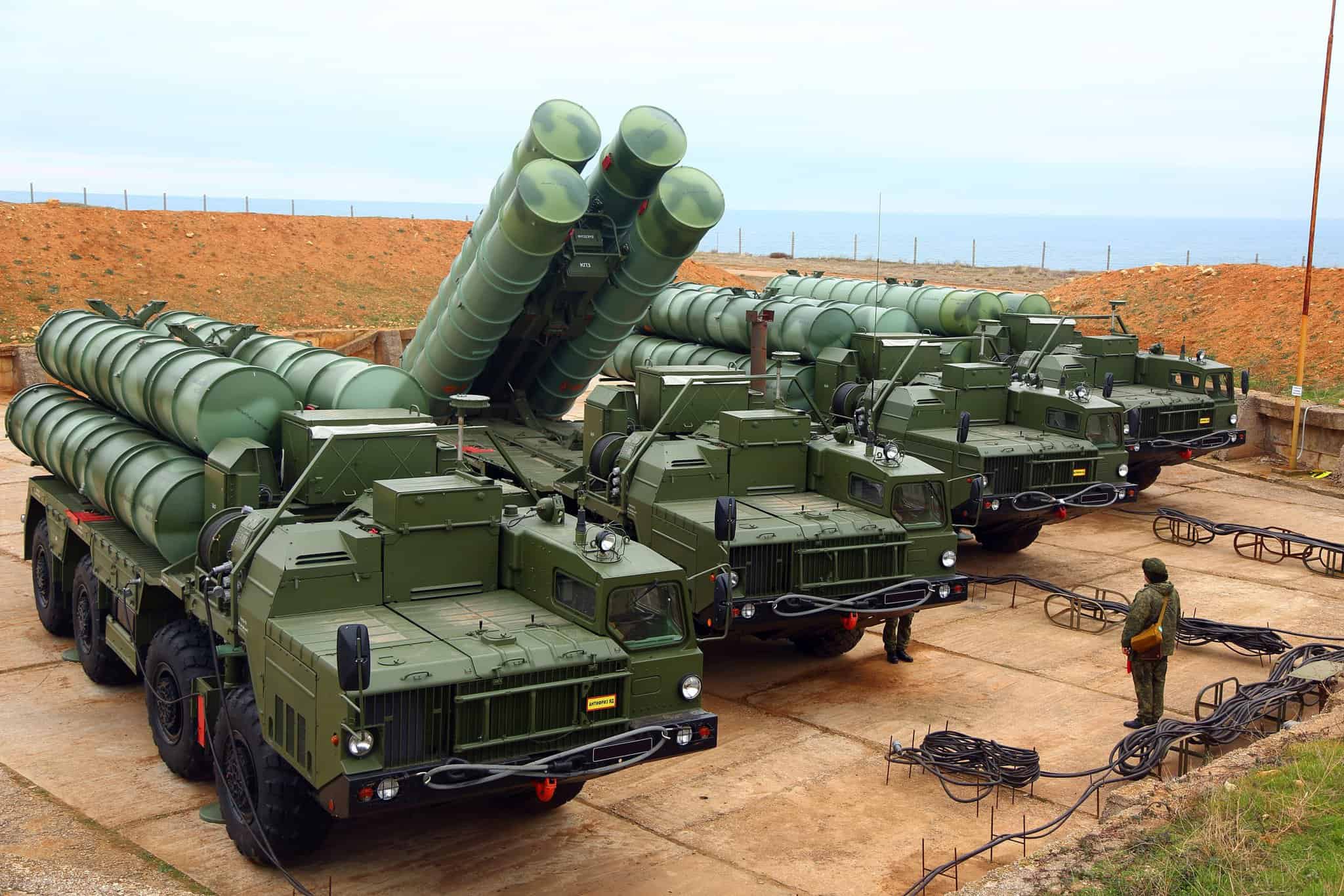- A Russian Su-24MR jet entered Polish airspace over Gdansk due to a navigation system failure.
- The aircraft’s incursion into Polish territory lasted just over a minute before it corrected course.
- Polish authorities quickly communicated with Russia, which confirmed the incident was a technical error.
- The incident occurred amidst heightened geopolitical tensions in the region.
- Poland’s military command publicized the incident on social media to mitigate fears of aggression.
- Russia took responsibility and ensured cooperation in correcting the aircraft’s flight path.
- This event underscores the importance of maintaining open communication to prevent escalation.
In a dramatic twist high above the Baltic Sea, a Russian Su-24MR jet soared into Polish airspace, piercing the skies over Gdansk’s bay in a tense moment on Tuesday. This unexpected airspace intrusion, spanning 6.5 kilometers, unfolded due to a reported failure of the aircraft’s navigation system. For just over a minute, the aircraft trespassed into Polish territory before veering back to its original path.
The pulse-quickening incident sparked immediate communication between Polish authorities and their Russian counterparts. Polish airspace controllers engaged swiftly, receiving confirmation from Russia that the incident stemmed from a technical glitch in the plane’s navigation.
Amidst a backdrop of geopolitical tensions, this breach underscores the delicate balancing act in the region. The Polish armed forces’ operational command swiftly made the incident known via social media, alleviating any immediate fears of hostility. Russia acknowledged its aircraft’s misstep, emphasizing cooperation in swiftly amending the flight path once the issue was detected.
In an era of heightened vigilance, such incidents highlight the paramount importance of maintaining effective communication channels to avert escalation. As icy relations hover between nations, this breach serves as a stark reminder that even the skies are not free from tension. Keeping the dialogue open and reactive measures in place ensures moments of aerial drama remain just that: moments and not flashpoints.
Skies of Tension: What the Recent Polish Airspace Incident Reveals About Global Security
Understanding the Incident
A Russian Su-24MR experienced a navigational system failure, leading to an unintentional breach of Polish airspace near Gdansk. The intrusion covered 6.5 kilometers and lasted slightly over a minute before the jet corrected its course. Immediate communication between Polish and Russian authorities helped de-escalate the situation.
The Geopolitical Context
This event occurs during a period of tense international relations, particularly between Russia and NATO countries. Incidents like this underline the need for clear communication channels to prevent misunderstandings, which can potentially lead to larger conflicts.
Pros and Cons of Communication Channels
Pros:
– Quick De-escalation: Rapid communication helps in resolving potential conflicts before they can escalate.
– Transparency: Open dialogues build trust and transparency between nations, which is crucial in preventing misunderstandings.
Cons:
– Reliability: Dependence on technology can pose challenges if systems fail during critical moments.
– Misperceptions: Quick actions may sometimes lead to inadequate perceptions, resulting in misinterpretation of intentions.
Market Analysis of Airspace Security
With incidents like this highlighting vulnerabilities, there’s a growing market for advanced airspace monitoring systems. Countries are investing more in technologies that enhance radar capabilities, drone surveillance, and satellite communication systems.
Security Aspects
– System Redundancy: Aircraft navigation systems require multiple redundancies to prevent similar failures.
– Airspace Monitoring: Continuous radar and satellite surveillance are vital in identifying airspace breaches in real-time.
Trends and Innovations
– AI in Air Defense: Artificial Intelligence is being integrated into air defense systems to enhance real-time data analysis and threat assessment.
– Cybersecurity in Aviation: Strengthening cybersecurity measures in navigation systems is becoming a priority to prevent potential electronic warfare.
Limitations of Current Systems
– Technical Glitches: Even with advanced technology, systems can fail, requiring manual intervention.
– International Protocols: Navigating the political complexities associated with airspace incursions can be challenging due to varying international regulations.
Use Cases and Predictions
– Military Exercises: Expect more simulated airspace infringement scenarios in military exercises to prepare better response strategies.
– Predictive Models: AI-based predictive models are being developed to foresee and mitigate risks associated with airspace violations.
Recommended Reading
For further exploration of international relations and airspace security, consider reputable sources such as:
– North Atlantic Treaty Organization (NATO)
– U.S. Department of Defense
– Global Security
Maintaining proactive communication and deploying reliable security systems is crucial in an era where even a minute’s breach invites scrutiny and strategic recalibration. This incident reminds us of the delicate threads woven into the fabric of global security.

















